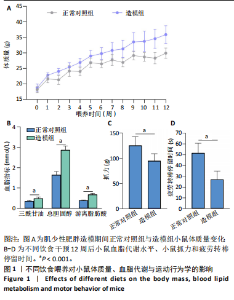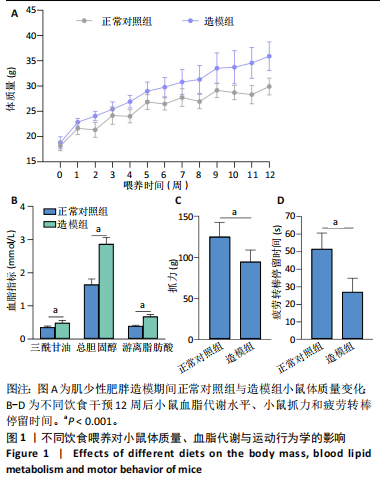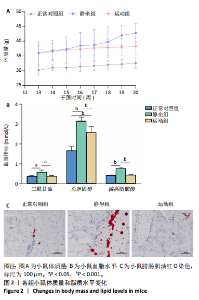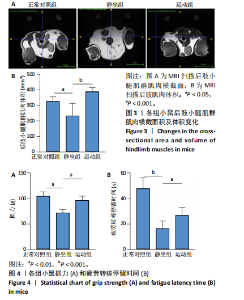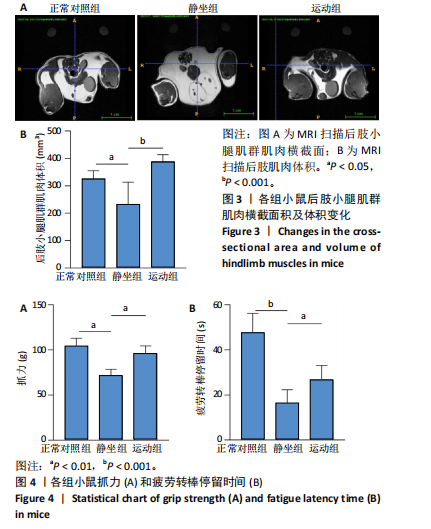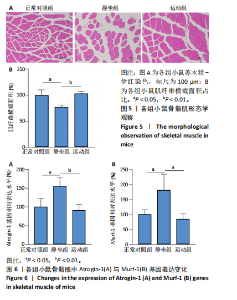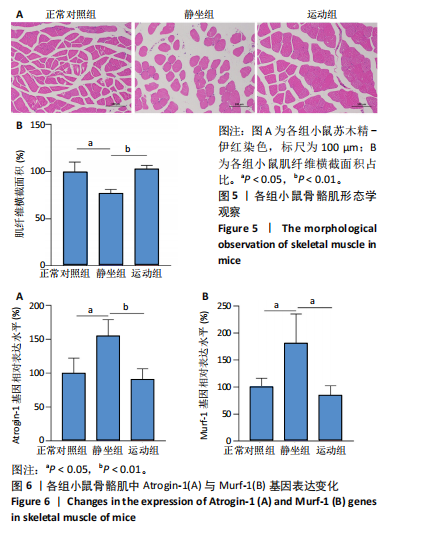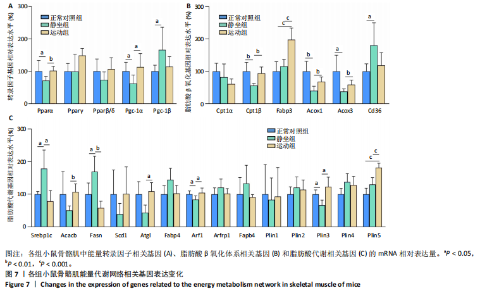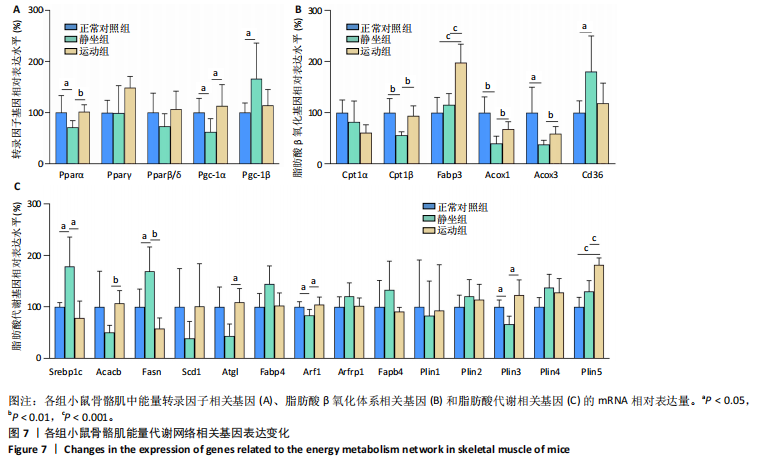[1] 刘妍慧,陈树春.2022年欧洲临床营养与代谢学会和欧洲肥胖研究学会《肌肉减少性肥胖的定义和诊断标准共识》解读及启示[J].中国全科医学,2023,26(12):1422-1428.
[2] KIVIMÄKI M, STRANDBERG T, PENTTI J, et al. Body-mass index and risk of obesity-related complex multimorbidity: an observational multicohort study. Lancet Diabetes Endocrinol. 2022;10(4):253-263.
[3] KOLIAKI C, LIATIS S, DALAMAGA M, et al. Sarcopenic Obesity: Epidemiologic Evidence, Pathophysiology, and Therapeutic Perspectives. Curr Obes Rep. 2019;8(4):458-471.
[4] JI T, LI Y, MA L. Sarcopenic Obesity: An Emerging Public Health Problem. Aging Dis. 2022;13(2):379-388.
[5] 李思远,宋娟,吴锦晖.肌少性肥胖与代谢综合征关系的研究进展[J].实用老年医学,2023,37(6):623-625.
[6] WANG H, HAI S, LIU YX, et al. Associations between Sarcopenic Obesity and Cognitive Impairment in Elderly Chinese Community-Dwelling Individuals. J Nutr Health Aging. 2019;23(1):14-20.
[7] 师燕,杨秋萍.肌少性肥胖发病机制的研究进展[J].中国临床研究, 2023,36(1):156-160.
[8] HONG SH, CHOI KM. Sarcopenic Obesity, Insulin Resistance, and Their Implications in Cardiovascular and Metabolic Consequences. Int J Mol Sci. 2020;21(2):494.
[9] DELLA GUARDIA L, SHIN AC. Obesity-induced tissue alterations resist weight loss: A mechanistic review. Diabetes Obes Metab. 2024;26(8): 3045-3057.
[10] PINEL A, GUILLET C, CAPEL F, et al. Identification of factors associated with sarcopenic obesity development: Literature review and expert panel voting. Clin Nutr. 2024;43(6):1414-1424.
[11] MIGLIAVACCA E, TAY SKH, PATEL HP, et al. Mitochondrial oxidative capacity and NAD+ biosynthesis are reduced in human sarcopenia across ethnicities. Nat Commun. 2019;10(1):5808.
[12] LAI Y, RAMÍREZ-PARDO I, ISERN J, et al. Multimodal cell atlas of the ageing human skeletal muscle. Nature. 2024;629(8010):154-164.
[13] AVESANI CM, DE ABREU AM, RIBEIRO HS, et al. Muscle fat infiltration in chronic kidney disease: a marker related to muscle quality, muscle strength and sarcopenia. J Nephrol. 2023;36(3):895-910.
[14] 赵旭冉,高金娥,娜日松,等.肌少症性肥胖与老年高血压的相关性临床研究[J].中华全科医学,2022,20(11):1874-1877.
[15] 翟兴月,韩云琰,周芸.肌少症性肥胖的发病机制及诊疗研究进展[J].肿瘤代谢与营养电子杂志,2023,10(5):579-584.
[16] 宋叶雨,范建高.少肌性肥胖合并脂肪性肝病的诊断与治疗[J].实用肝脏病杂志,2021,24(1):149-152.
[17] CRUZ-JENTOFT AJ, BAHAT G, BAUER J, et al. Sarcopenia: revised European consensus on definition and diagnosis. Age Ageing. 2019;48(1):16-31.
[18] FERNANDO P, BONEN A, HOFFMAN-GOETZ L. Predicting submaximal oxygen consumption during treadmill running in mice. Can J Physiol Pharmacol. 1993;71(10-11):854-857.
[19] 江涛,王新航,张露艺,等.中国老年人肌少症患病率的Meta分析[J].海南医学,2022,33(1):116-123.
[20] MINOR LK, ROTHBLAT GH, GLICK JM. Triglyceride and cholesteryl ester hydrolysis in a cell culture model of smooth muscle foam cells. J Lipid Res. 1989;30(2):189-197.
[21] HSU KJ, LIAO CD, TSAI MW, et al. Effects of Exercise and Nutritional Intervention on Body Composition, Metabolic Health, and Physical Performance in Adults with Sarcopenic Obesity: A Meta-Analysis. Nutrients. 2019;11(9):2163.
[22] 王继,张敏,李文博,等.有氧运动对2型糖尿病大鼠糖脂代谢、骨骼肌炎症和自噬的影响[J].中国组织工程研究,2024,28(8):1200-1205.
[23] AL SAEDI A, DEBRUIN DA, HAYES A, et al. Lipid metabolism in sarcopenia. Bone. 2022;164:116539.
[24] FRITZEN AM, LUNDSGAARD AM, KIENS B. Tuning fatty acid oxidation in skeletal muscle with dietary fat and exercise. Nat Rev Endocrinol. 2020;16(12):683-696.
[25] 徐婷,郭应坤,许华燕,等.磁共振成像在肌病中的临床应用研究进展[J].磁共振成像,2023,14(7):192-196+202.
[26] 王晓薇,许艳岚.WIF-1在COPD合并骨骼肌萎缩大鼠中的表达及其与血清炎症因子、Atrogin-1/MuRF-1蛋白水平的关系[J].临床和实验医学杂志,2024,23(1):1-5.
[27] 岳宁,易晓东,杨胜波.MuRF1和MAFbx/Atrogin-1的研究进展[J].四川解剖学杂志,2012,20(3):33-36+60.
[28] 王慧,罗勇.Atrogin-1和MuRF-1在肌肉萎缩中的作用机制及影响因素[J].实用医学杂志,2012,28(11):1921-1922.
[29] KIM S, YOU Y, KIM OK, et al. Silymarin Prevents High-Fat Diet-Induced Muscle Atrophy by Regulating Protein Degradation and Synthesis in Mice. J Med Food. 2022;25(7):793-796.
[30] PARK MJ, CHOI KM. Interplay of skeletal muscle and adipose tissue: sarcopenic obesity. Metabolism. 2023;144:155577.
[31] WANG L, VALENCAK TG, SHAN T. Fat infiltration in skeletal muscle: Influential triggers and regulatory mechanism. iScience. 2024;27(3): 109221.
[32] BATSIS JA, VILLAREAL DT. Sarcopenic obesity in older adults: aetiology, epidemiology and treatment strategies. Nat Rev Endocrinol. 2018; 14(9):513-537.
[33] YANG Y, ZHANG H, LI X, et al. Effects of PPARα/PGC-1α on the energy metabolism remodeling and apoptosis in the doxorubicin induced mice cardiomyocytes in vitro. Int J Clin Exp Pathol. 2015;8(10):12216-12224.
[34] 姚艳,王宗保,唐朝克.PPARs在长链脂肪酸调控能量代谢中的作用[J].生理科学进展,2016,47(1):1-6.
[35] 王慧婷,张岩晨,徐梦怡,等.能量代谢关键调控因子PGC-1α的研究进展[J].生理学报,2020,72(6):804-816.
[36] 高弘,李春,华玉涛,等.长链二元酸代谢中肉毒碱脂酰转移酶的作用[J].中国生物工程杂志,2003(6):14-16.
[37] JI S, YOU Y, KERNER J, et al. Homozygous carnitine palmitoyltransferase 1b (muscle isoform) deficiency is lethal in the mouse. Mol Genet Metab. 2008;93(3):314-322.
[38] KHAN AS, SUBRAMANIAM S, DRAMANE G, et al. ERK1 and ERK2 activation modulates diet-induced obesity in mice. Biochimie. 2017; 137:78-87.
[39] HUANG J, TAGAWA T, MA S, et al. Black Ginger (Kaempferia parviflora) Extract Enhances Endurance Capacity by Improving Energy Metabolism and Substrate Utilization in Mice. Nutrients. 2022;14(18):3845.
[40] MARCUS SL, MIYATA KS, ZHANG B, et al. Diverse peroxisome proliferator-activated receptors bind to the peroxisome proliferator-responsive elements of the rat hydratase/dehydrogenase and fatty acyl-CoA oxidase genes but differentially induce expression. Proc Natl Acad Sci U S A. 1993;90(12):5723-5727.
[41] AKBAR H, GRALA TM, VAILATI RIBONI M, et al. Body condition score at calving affects systemic and hepatic transcriptome indicators of inflammation and nutrient metabolism in grazing dairy cows. J Dairy Sci. 2015;98(2):1019-1032.
[42] TAO Z, ZHANG L, WU T, et al. Echinacoside ameliorates alcohol-induced oxidative stress and hepatic steatosis by affecting SREBP1c/FASN pathway via PPARα. Food Chem Toxicol. 2021;148:111956.
[43] ENKLER L, SZENTGYÖRGYI V, PENNAUER M, et al. Arf1 coordinates fatty acid metabolism and mitochondrial homeostasis. Nat Cell Biol. 2023;25(8):1157-1172.
[44] SZTALRYD C, KIMMEL AR. Perilipins: lipid droplet coat proteins adapted for tissue-specific energy storage and utilization, and lipid cytoprotection. Biochimie. 2014;96:96-101. |
